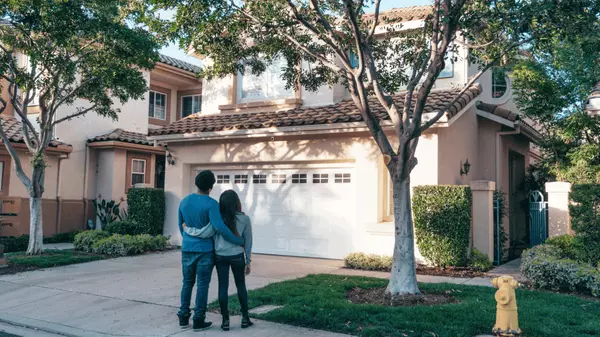Your Second Home in Central Florida: What to Consider Before You Buy
Buying a second home isn’t just about owning a piece of paradise — it’s about making a smart lifestyle and investment decision. Whether you’re drawn to the excitement of Orlando’s theme parks or the community-driven lifestyle of The Villages, Central Florida offers some of the most versatile options
Orlando Housing Market Update: July 2025
The Orlando housing market continued to show mixed signals in July 2025, with some indicators pointing to stability and others reminding us how dependent today’s real estate environment is on mortgage interest rates.
Interest Rates Take Center Stage
The most significant news this month is that mort
Lower Mortgage Rates, Slower Inventory Growth – What It Means for Central Florida Buyers & Sellers
In the national housing market, we’re starting to see a shift — and it’s a good reminder that real estate trends don’t happen in a vacuum. Mortgage rates have dipped to their lowest levels of the year, currently hovering around 6.57%, but instead of a big rush of new homes hitting the market, the p

Eric English
Phone:+1(352) 308-7111



